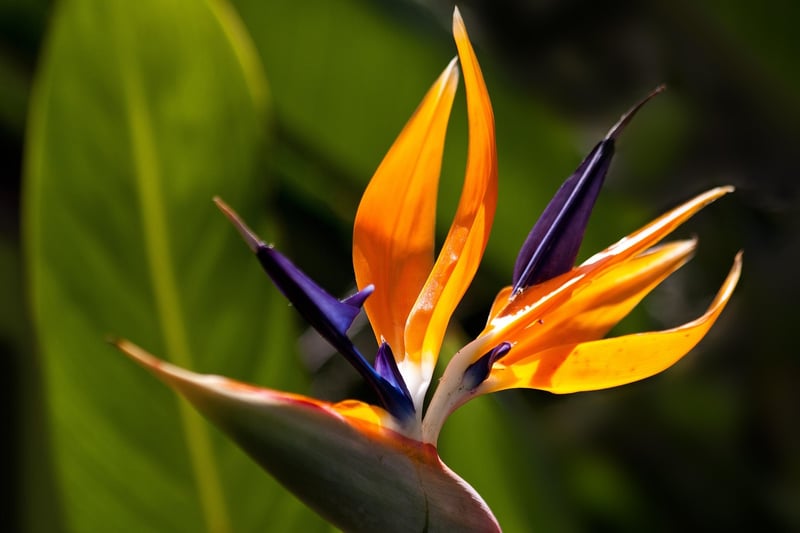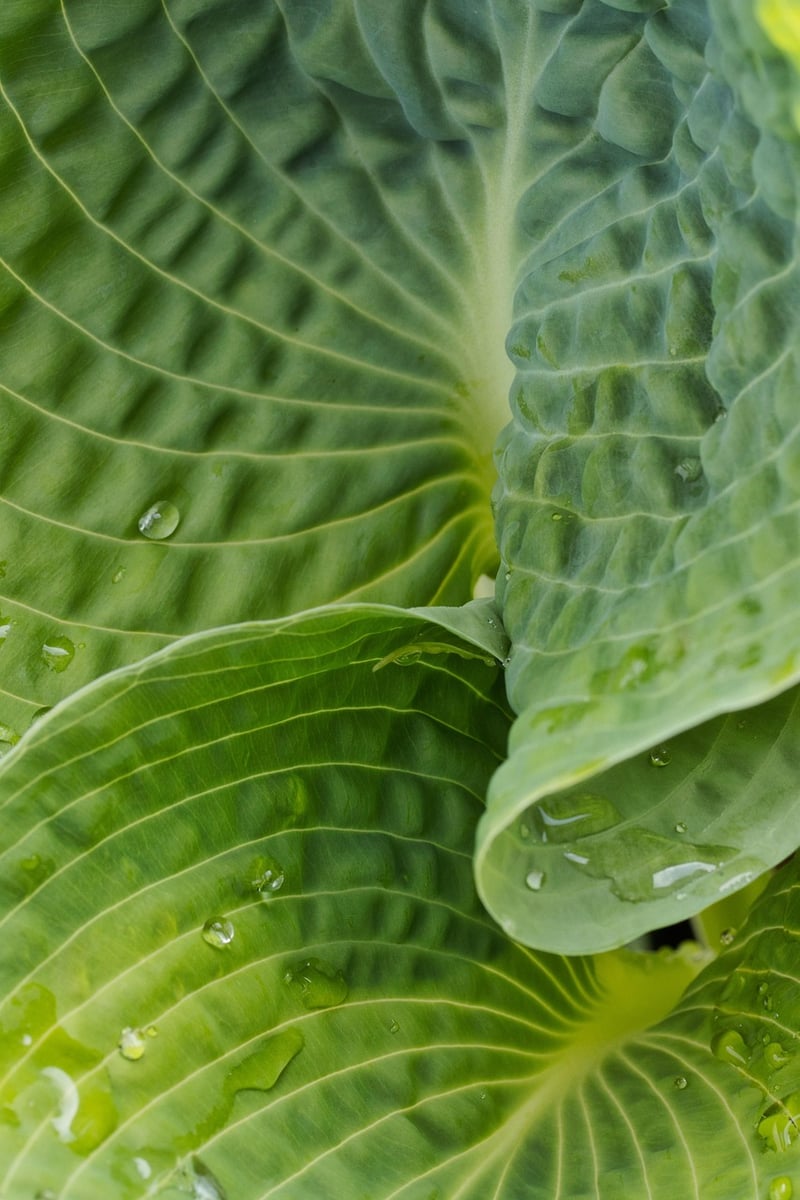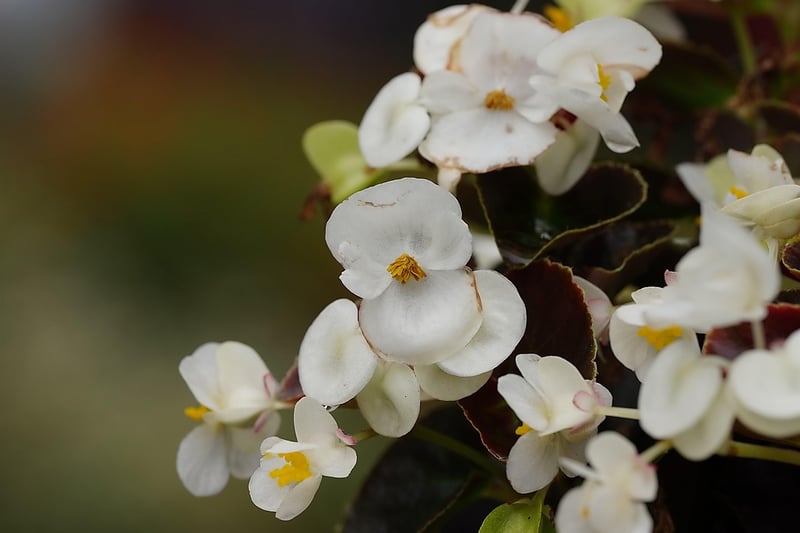Light Requirements
Keeping Your Garden Healthy: Understanding Light Requirements
Welcome to our guide on keeping your garden healthy by understanding the light requirements of your plants. Light is one of the essential factors that directly impact the growth and health of your garden. Different plants have different light requirements, and providing the right amount of light is crucial for their well-being.
Types of Light
Before delving into specific light requirements, let's understand the different types of light:
- Full Sun: Plants requiring full sun need at least 6-8 hours of direct sunlight each day.
- Partial Sun/Partial Shade: These plants thrive in 3-6 hours of sunlight per day.
- Full Shade: Plants that prefer full shade should receive less than 3 hours of direct sunlight daily.
Assessing Light Conditions in Your Garden
It's essential to evaluate the light conditions in your garden before selecting and placing your plants. Here are some tips:
- Observe the sunlight patterns in your garden throughout the day.
- Consider factors that may affect light levels, such as nearby buildings or trees casting shadows.
- Use a light meter to measure light intensity in different areas.
Choosing Plants Based on Light Requirements
Once you understand the light conditions in your garden, you can select plants that will thrive in those environments. Here are some popular plant choices based on light requirements:
Full Sun Plants

Examples of plants that thrive in full sun include sunflowers, marigolds, and tomatoes. These plants require ample sunlight to grow and produce flowers or fruits.
Partial Sun/Partial Shade Plants

Plants like hostas, impatiens, and ferns prefer partial sun or partial shade conditions. They can tolerate some direct sunlight but perform best with filtered light.
Full Shade Plants

For areas with limited direct sunlight, consider planting begonias, ferns, or peace lilies. These plants thrive in shady conditions and do not require intense sunlight.
By understanding and meeting the light requirements of your plants, you can ensure a healthy and vibrant garden. Happy gardening!
